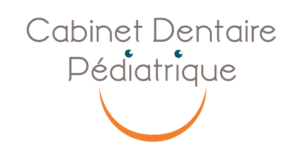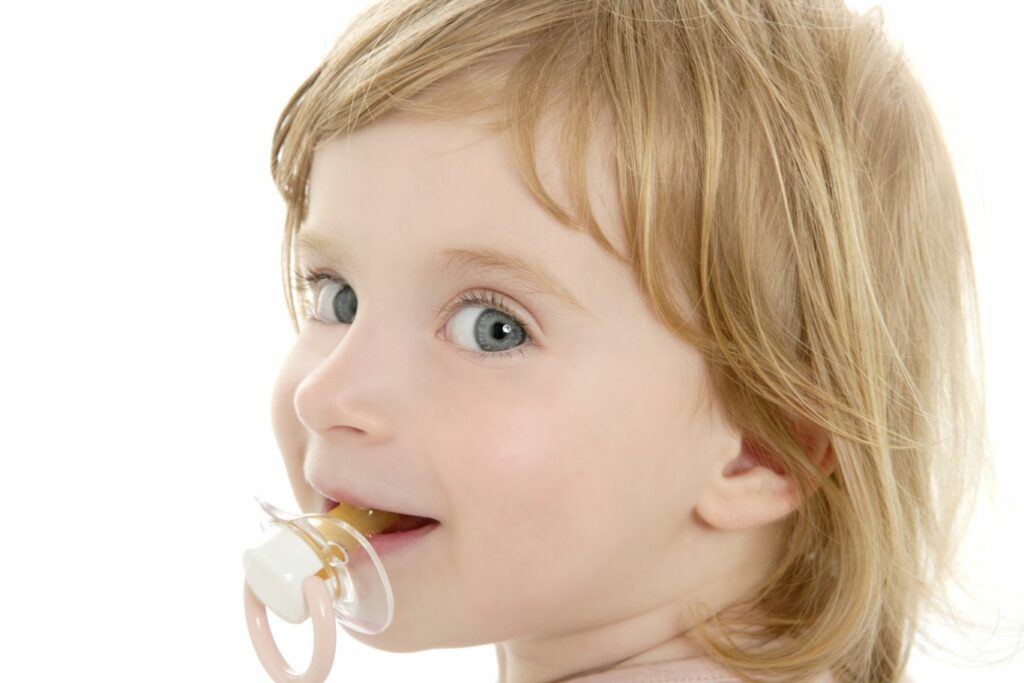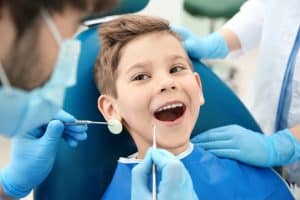While still in the womb, it is not uncommon to observe the fetus sucking its thumb. The sucking reflex is innate in infants. As they grow, this natural reflex, which is originally used for feeding (suckling, bottle feeding), helps them to fall asleep, to calm down or to discover the world.
For some babies and young children, pacifiers quickly become a habit. And like all habits, this one is also difficult to give up. However, in the medium and long term, pacifier use can be harmful for the oral growth of the child.
As a parent, it's not always easy to know at what age to take your child off the pacifier. In this article, we'll give you the answer, as well as the risks involved in using pacifiers extensively after a certain age.
At what age should I remove my pacifier?
Dental practitioners believe that the ideal age to remove a pacifier is around 2 or 3 years old. So if your baby doesn't want to part with his pacifier, don't panic, there's still time.
Specialists have realized that the use of a pacifier before the age of 2 or 3 does not seem to cause irreparable damage to the child's teeth and mouth. Moreover, if deformities already appear, they can still correct themselves as the child grows.
However, after the age of 2 or 3 years, it is recommended to getting your child to stop using pacifiers to prevent dental problems from developing. If, despite your best efforts, your child still refuses to give up the habit, don't worry. Any damage caused by the pacifier can be corrected with rehabilitation, orthodontics or a dentist's intervention.
Consequences of the pacifier after 3 years
If your child refuses to stop using a pacifier after a certain age, he or she is at risk of developing deformities in the teeth, jaw and mouth in general.
Dental deformities
Damaged or deformed teeth, teeth that pull forward or backwards, teeth too far apart: dental deformities are the first consequence of intensive use of the pacifier after the age of 3.
Infections
Pacifiers are often put back in the mouth after a fall or after having been lying around, and are often exposed to germs and bacteria. By putting the pacifier in his mouth when it has not been properly sterilized, the child risks contracting a virus and exposing himself to oral and dental infections. These bacteria on the pacifier can lead to canker sores, cavities and other oral infections.
Deformities of the mouth
The use of pacifiers after a certain age also promotes deformation of the palate and jaw. The most common problems are open bite and crossbite. The pacifier interferes with the natural development of the jaw. The upper and lower jaws may no longer touch when the mouth is closed or they may not be aligned.
To avoid these deformities and growth problems, the best solution is to try to remove the pacifier from your child before the age of 3. For example, you can try to replace the pacifier with an alternative solution such as a orthodontic pacifieror by creating new habits. There are many ways for your child to reduce or even stop using a pacifier. It is up to you to find the one that suits him best, while respecting his rhythm.
The age to remove the pacifier corresponds roughly to the time of the first visit to the dentist. On this occasion, the practitioner will perform a check-up on hygiene and eating habits as well as an oral examination.
Frequently asked questions about the right age to remove a pacifier
The ideal age to stop using pacifiers is between 2 and 3 years old. However, 2 year olds are rarely ready. A word of advice: take it easy!
No, the pacifier is a reassuring object for your child. Suddenly banning it will only increase his frustration and misunderstanding. Be patient and help him through this important step.
Yes, it can be a transition to stop using pacifiers. Before buying an orthodontic pacifier, talk to a pedodontist who can help you sort through the commercial pacifiers.


